Built purely for artificial ground.
I play almost exclusively on artificial ground (AG) and for most of us in urban areas and cities, this is a growing trend. Its growing popularity is due to its ease of installation and maintenance as opposed to natural grass.
Artificial ground is mainly made out of three main layers – a concrete base, a thick mid-layer of rubber and the plastic grass upper, usually accompanied with a hefty amount of tiny black rubbery pellets for cushioning. Rain or shine, wet or dry, artificial ground is pretty consistent in its performance.
However, AG also comes with its drawbacks. Unlike natural ground, it is shallow and hard. Studs can’t dig deep into it for traction, nor should it. And if your studs do dig deep into the rubber mid-layer, it might not dislodge, creating a high potential for injuries like sprains and twists. Because of this, we recommend that if you’re playing on AG, ensure your studs:
1. Carry a conical shape for ease of pivoting and dislodging from ground
2. Be short to balance traction and safety
3. Be populated across the sole to spread out the weight. The more studs, the better.
Most brands have taken notice of the growing AG trend and ensured their firm ground (FG) soleplates and studs can also accommodate the needs of a player on AG. After all, their FG soleplates are their most popular. This is not to say that the brands don’t launch turf or AG variants but the FG soleplates are the most marketed and best looking of all the soleplate variants so it’s only natural brands ensure FGs are as versatile on as many surfaces as possible.
All except Nike.
What is up with Nike and Artificial Ground?
Nike’s FG studs are notoriously awful on artificial ground. They’re often too long, causing stud pressure from the studs pushing back against the base of your foot upon impact with the hard artificial ground.
Nike created its AG-exclusive soleplate (insert joke about Nike getting customers to buy 2 variants of the same boot) to meet demands for artificial ground and they have got a growing but faithful following – though partially, out of necessity.
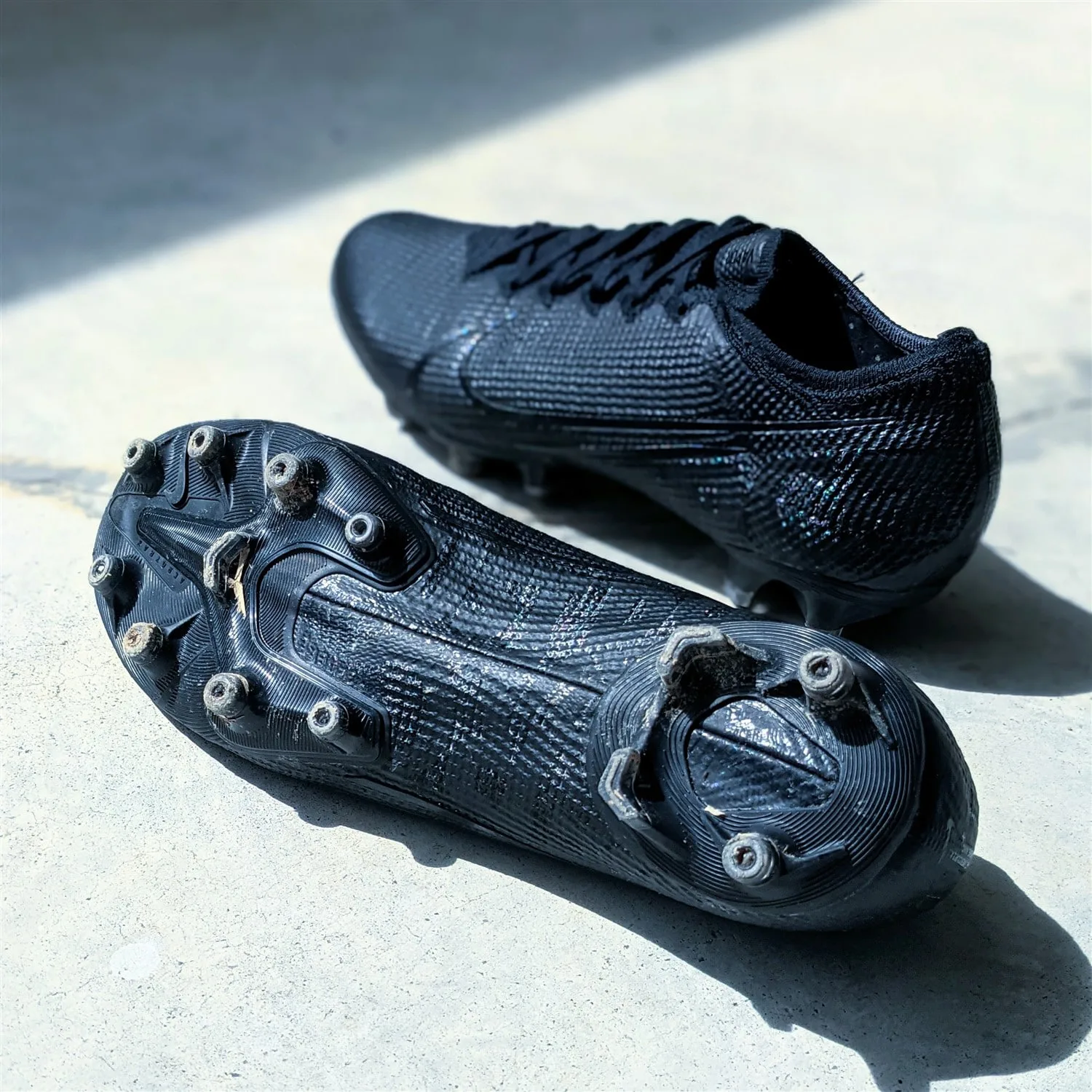

Their AG studs have been pretty plain but works well enough with the basic principles mentioned above with the shape, height and distribution of the studs. They’ve even been hollowed out to cool faster from pounding the harsh and hard artificial ground.
After years of providing the same stud patterns across its boots, Nike recently revamped its look.
The new Nike Artificial Ground Soleplate
At the time of writing, the new soleplate is exclusive to their latest Nike Mercurial model, the Nike Mercurial Vapor 14. We’ve recently covered a full review of the boot’s FG variant so for some insight on the boot’s performance, give it a read. For this review, we’re focusing only on the soleplate and tooling (the entire base).
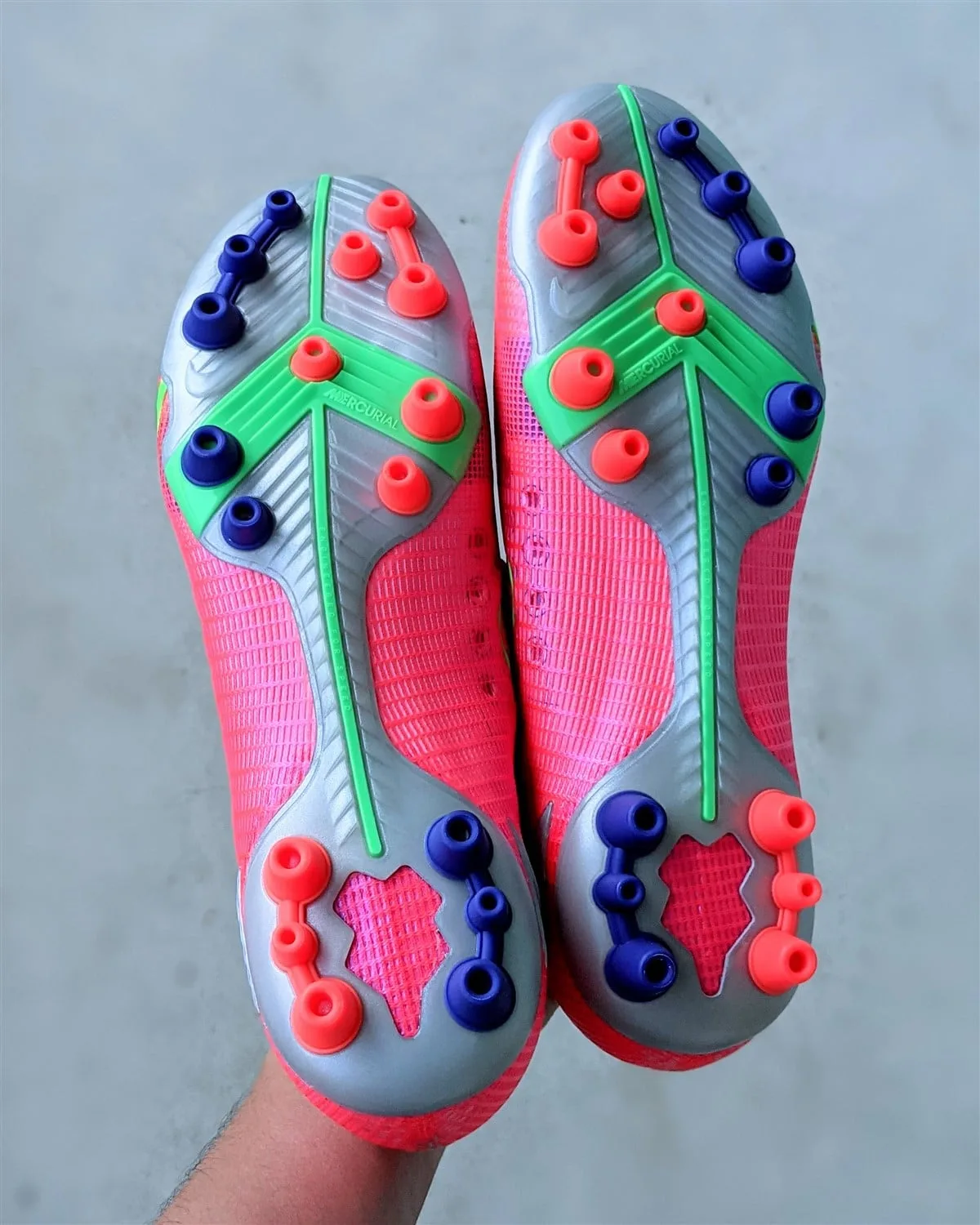

Compared against the previous model, the first impression you get is how cheap and plasticky that AG soleplate looks. I can’t help but feel that it looks like a takedown Academy model. Your eyes do not deceive you, this is an Elite model. Nike almost never gets it wrong when it comes to presentation but this is a rare black mark against the brand.
An Elite-level Nike football boot will cost you a pretty penny and a big part of the steep price is in the design. Its FG variant is gorgeous and it’s criminal how cheap the equally priced AG variant looks.
Aside from a lack of stardust, the Nike seems to have taken a more practical approach with the new AG soleplate. We see more studs, 11 in the front and 6 at the back, which is 4 more than the previous model. Each stud is also conical unlike its predecessor which contained a mix of conical and bladed chevron studs.
Overall, save for its cheap looks, the AG soleplate’s construction is an improvement for action on artificial ground.
Works better than before
The first thing you’ll realise is how little you can feel that anatomical soleplate. For those who have never worn the Mercurial, the inner sole is curved upwards around the mid-foot to rest against your arch to remove any excess space and lock you into the boot.
The curvature is unique innovation available only to the Mercurial line for the last few iterations. This is a big part of the Mercurial’s X-factor. In the FG variant, I felt that the curvature was (compared to the previous generation Mercurial) narrower though it pushes higher up into my arch. It felt very unnatural. In this AG variant, the curvature felt almost non-existent at first.
Over the course of the playtest, you do get a feel of the anatomical soleplate but it was minimal at best. It was broader but flatter so you don’t get that distinct curved sole resting against your arch. What was the point of this, really? It’s like watching the action packed Mortal Kombat movie but somehow, the script writers omitted the tournament altogether.
Despite its drawbacks, where the AG soleplate truly shines is when you’re in motion. It provides just the right amount of traction for you on artificial ground when sprinting, changing of directions or when planting your foot when striking. The conical studs made changing directions at pace feel like a breeze and I didn’t have to think twice about how my knee or ankle would be stuck in the process. Even sole rolls are slightly easier due to how many more studs there are on the soleplate.
For those who are keen to use these on FG, I expect them to carry a moderate amount of traction though it won’t be spectacular.
There was also no stud pressure which is no surprise considering how the 17 studs spread out the impact of each step on the hard artificial ground. You can pound the ground in every match with these and expect for it to do a great job in balancing comfort, safety and traction.
Does the basics well, but lacking X-factor
The usual jibe thrown at Nike is that they’re all style, but no substance. I find it incredible that Nike has got it the other way round this time. The AG soleplate works perfectly well but has lost some of its bells and whistles that they’re known for.
I find it baffling it looks so cheap while diminishing the feel of the anatomical soleplate. This is not like Nike to do such a thing. Perhaps they’re still figuring it out the right design before releasing this AG soleplate to the Phantom GT and Tiempo lines. It’s unlikely they’re going to reduce the price of their AGs so I could only hope they improve its look and feel as they roll this out globally.
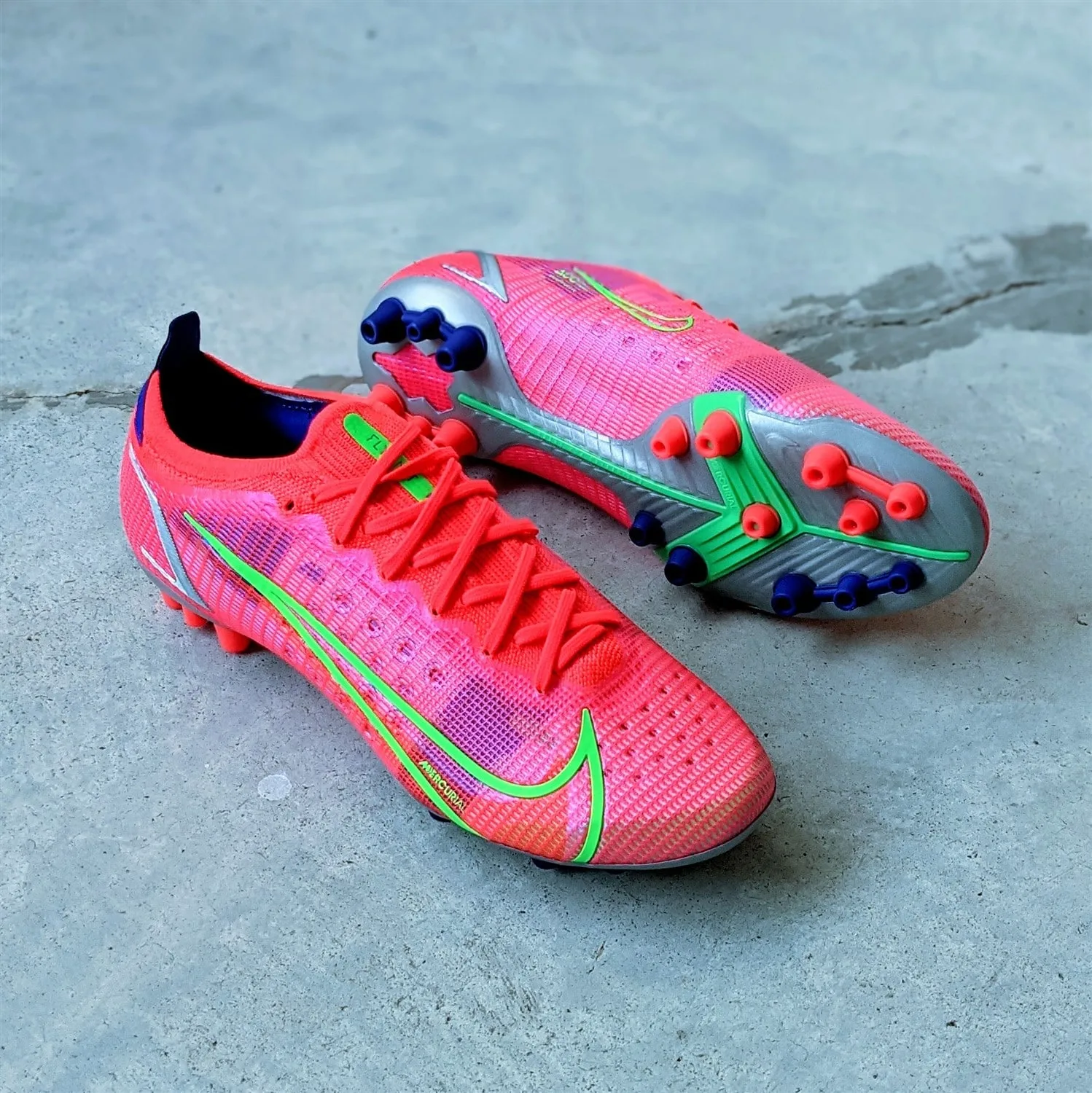

If Nike keeps this look, expect this to tank in stores. You’re gonna get younger customers, who are more impressionable and want to buy the cooler looking products, going with the FGs instead because the FGs just look way better. Fix the looks and these boots will fly.
Your move, Nike.

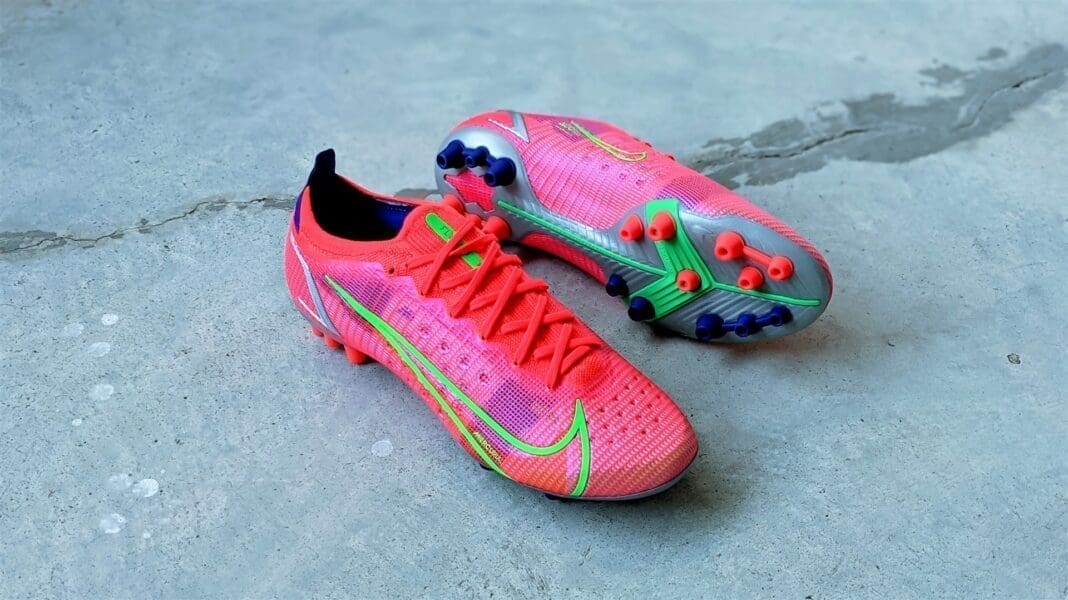
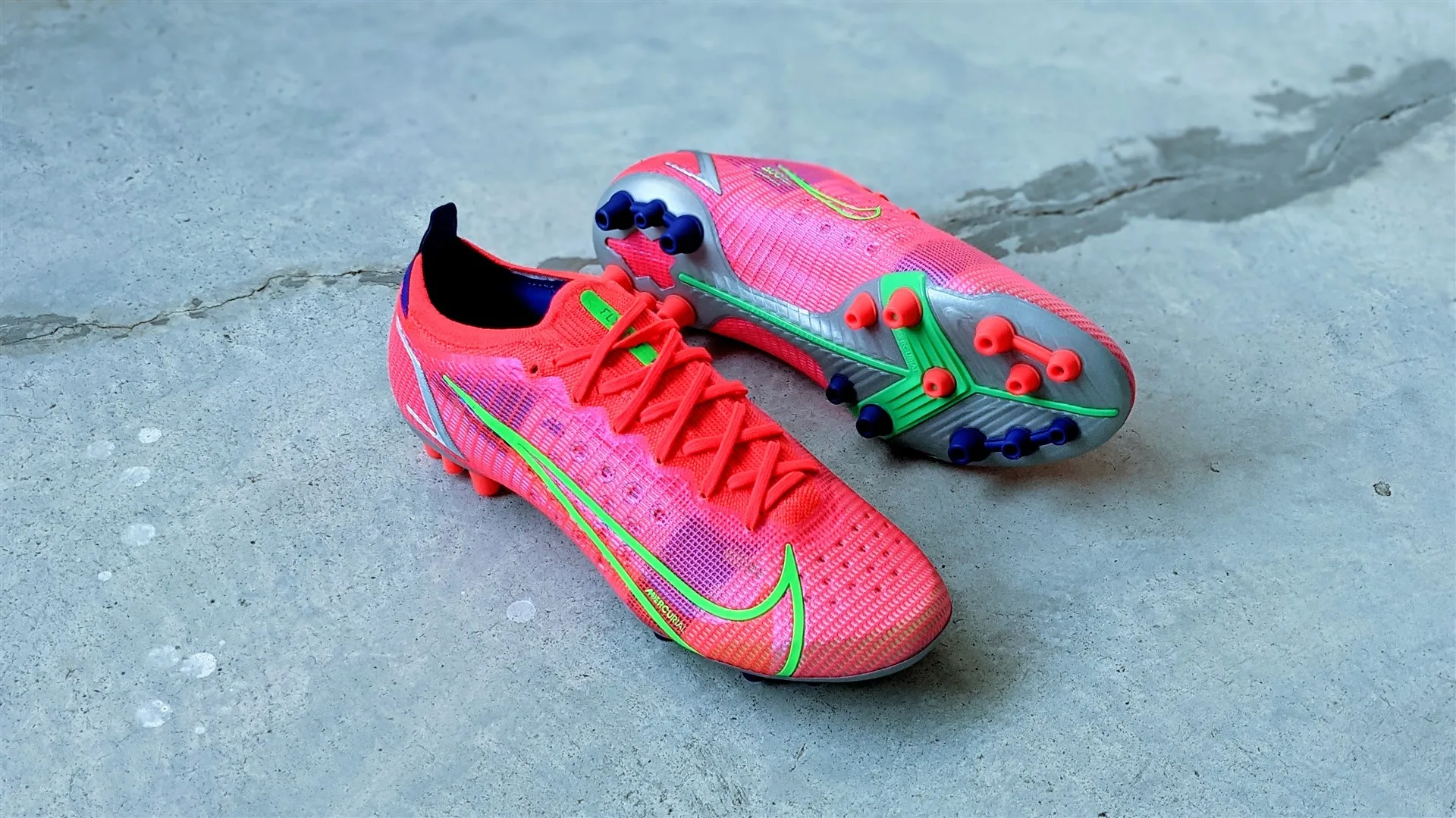


So they get 7 because it looks cheap 😀 nosense review, it can looks like academy, but it gives great traction on AG, so its GOOD, boot is the same like FG, so it should get 9 easily… 🙂
So they get 7 because soleplate looks cheap 😀 you don’t see it on the pitch anyway, nosense review, it can looks like academy, but it gives great traction on AG, so its GOOD, boot and upper is the same like FG, so it should get 9 easily… 🙂
It gets a 7 because you pay top top dollar to Nike for not just a product that works (and they don’t always work well) but for the design and that anatomical soleplate. All of that is factored in the price for the uber expensive Elite version.
I love that it works well but falls short on the design front and also on the anatomical soleplate, 2 downgrades from the previous generation AG studs.
NICE COMMENT CENSORE HAHAHAHHA onyl positive will be approved ?
hahah poor shit, your reviews are trash, as comment censoring
I believe it’s a spam checker, not a comments censor. Considering you’ve been posting with 3 different strange emails, I believe our system locked you out.
.
Are you sure that the anatomical soleplate is different to FG version, because nobody else is talking about it and I find it hard to believe, that nike would change such an important feature. For example SR4U said the upper, the anatomic soleplate and everything else feels pretty much the same.
Maybe it’s my feet but I just don’t find the curvature to feel as pronounced on the AGs as compared to the FGs.
Overall, I also felt that the curvature anatomical soleplates in this generation are not as ergonomic and pronounced around the arch of the foot as the previous generation was.